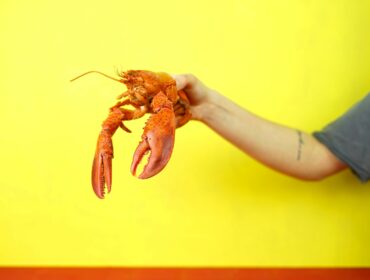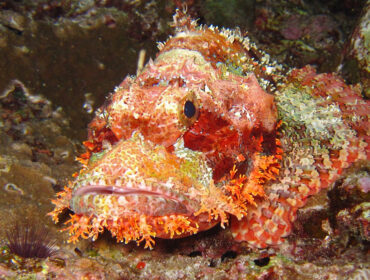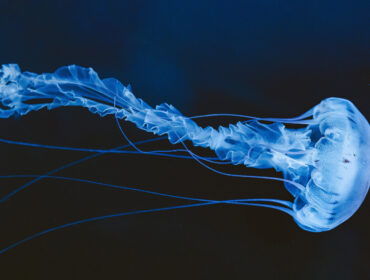The ability to effectively communicate, a commitment to shared values, and the ability to work together are often common characteristics in strong human families. Many people are surprised to learn that there are plentiful marine animals with strong family bonds as well. Let’s take a look at just five examples of marine creatures that rely on a strong family unit to survive.
Orcas
Up to three generations of orcas can live in the same area of water. These family groups are called pods, and they may be located very near other pods, forming communities of orcas. Baby calves swim alongside their mothers for the entirety of their lives. Mothers of stillborn calves will carry them on their faces until they can lay them on a rocky ledge surrounded by other members of the pod who watch the ceremony with an air of apparent grieving.
Sea Lions
Finding the time to be a parent can be very tough for sea lions, who often eat up to 40 pounds of fish each day. Sea lions live in communities called colonies with up to 20 mothers in each one. A male sea lion always stands guard when mothers are busy on the beach feeding their young. Many species of sea lion stay in the area where they were born for their entire lives.
Pacific Octopus
While many humans dedicate their lives to caring for younger members of their family in the home, the Pacific octopus is among the most dedicated of caregivers. Female Pacific octopuses lay up to 100,000 eggs at one time, spending six months caressing the eggs and supplying them with fresh oxygen. In fact, they have no time to eat because they spend so much time caring for their eggs. Once the eggs hatch, the female Pacific octopus dies of starvation in the ultimate sacrifice for her family.
Dolphins
Among the most amazing marine animals with strong family bonds are dolphins. Up to 15 dolphins comprise a family unit called a pod. They very effectively use acoustic and non-acoustic communication to send messages to the rest of their family. Dolphins often remain in the same pod throughout their lives, leaving only when major arguments occur or to find food. If a dolphin becomes injured, other dolphins swim alongside or underneath the dolphin until it is well or safe again. Male dolphins often work together to impress females.
Clownfish
Both sexes of clownfish work closely together to make sure that their offspring survive. First, they carefully clean a sea anemone to use as a nursery. Then the mother lays her eggs in the anemone. Once the eggs hatch, both parents work together fanning the babies with their fins, allowing them to receive a constant supply of oxygen-rich water.
These marine animals with strong family bonds are outstanding examples of what it takes to make an unbreakable family unit. They take care of injured family members until death arrives or the family member gets well. They carefully protect the young so that no predator can harm them. These animals instinctively allow mothers the time required to care for other family members. Even in the animal kingdom, family ties and community bonding are what strengthen the population as a whole.




